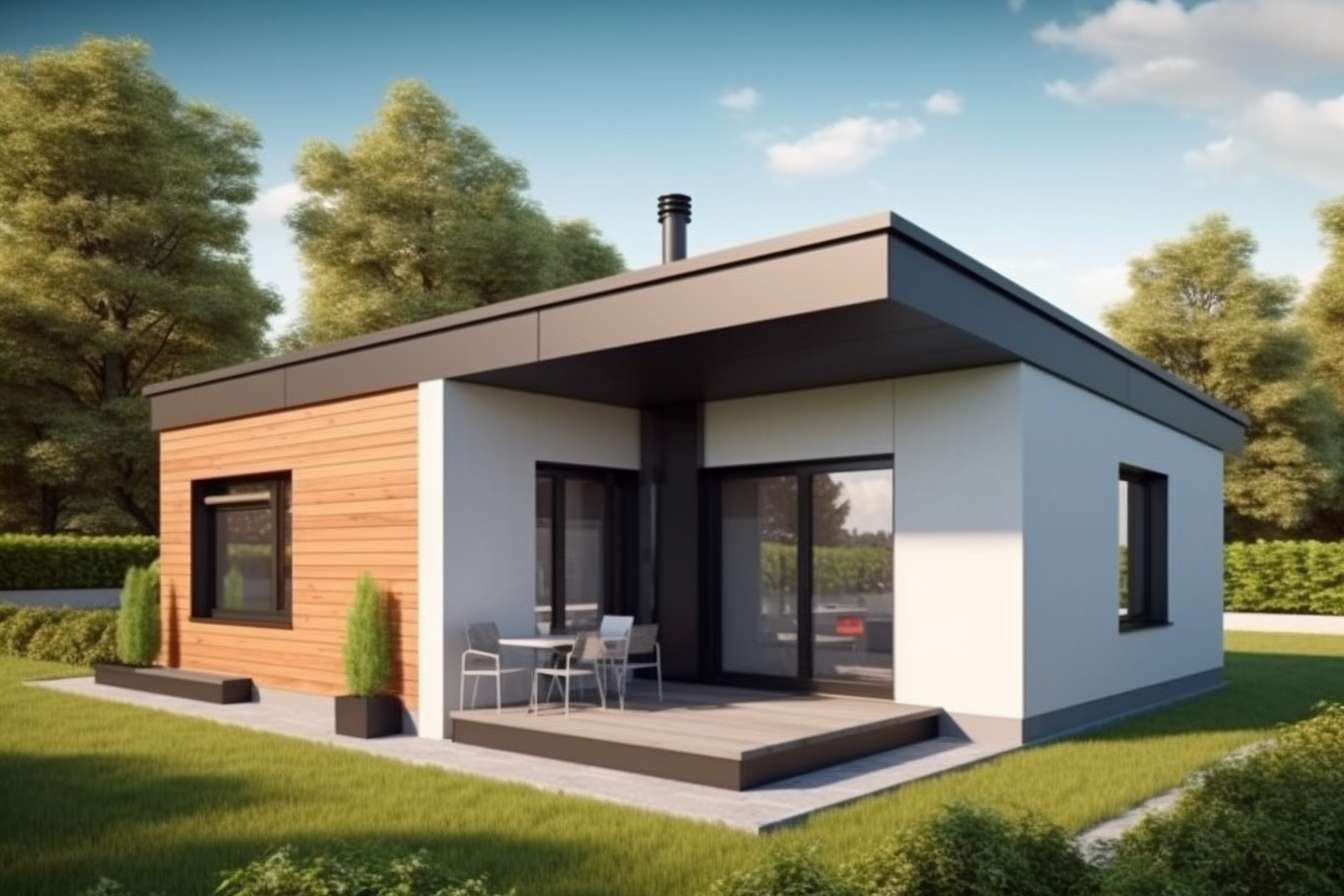"Demystifying the Appeal of Mixed-Use Developments in Real Estate"
Introduction: In the evolving world of real estate, mixed-use developments are emerging as a game-changer. This modern urban development strategy is transforming cities and neighborhoods, offering a blend of residential, commercial, and public spaces in one location. But what exactly makes mixed-use developments an attractive proposition for individuals, businesses, and investors alike? Let's delve into the concept, its evolution, and its potential implications for the real estate market.

A Brief History of Mixed-Use Developments
Mixed-use developments are not a new phenomenon. They have roots in the traditional town planning concepts where homes, shops, workplaces, and public spaces coexisted within walking distance. However, the rise of suburbanization in the mid-20th century led to a separation of these functions into distinct zones. Recently, the trend is shifting back towards integrated developments, driven by factors such as urban revitalization efforts, desire for walkable neighborhoods and the need to increase land use efficiency.
The Appeal of Mixed-Use Developments
These developments offer several advantages. They promote a live-work-play lifestyle with amenities like shops, restaurants, and offices just steps away from residential units. This convenience is attracting millennials and urban professionals, reshaping the demographics of cities. On the commercial front, businesses benefit from a ready customer base residing within the development. Moreover, mixed-use properties can offer a diversified income stream for investors, building resilience against market fluctuations.
Challenges and Considerations
Despite the appeal, mixed-use developments are not without their challenges. They require careful planning and design to ensure compatibility between different usage types and manage potential conflicts. Financially, they can be risky due to the high upfront costs and complex financing structures involved. It’s also crucial to consider the market demand for each component to ensure the development’s viability.
The Impact on Real Estate Market
Mixed-use developments are changing the real estate landscape. They are contributing to urban regeneration, bringing vibrancy to underutilized city spaces. They’re also influencing property values, with studies suggesting a premium for properties in mixed-use neighborhoods. However, their success depends on finding the right balance of uses that cater to the local market needs and preferences.
The Future of Mixed-Use Developments
The future looks promising for mixed-use developments. As urbanization continues and consumer preferences shift towards convenience and community living, these developments are likely to become more prevalent. However, the future trend will depend on how developers, policymakers, and communities navigate the challenges and capitalize on the opportunities presented by this complex, yet rewarding, real estate strategy.
In conclusion, mixed-use developments are more than just a trend; they represent a shift in the way we conceive urban living spaces. They offer potential solutions to urban challenges while providing opportunities for investors. As such, understanding the dynamics of mixed-use developments can be invaluable in making informed real estate decisions.




